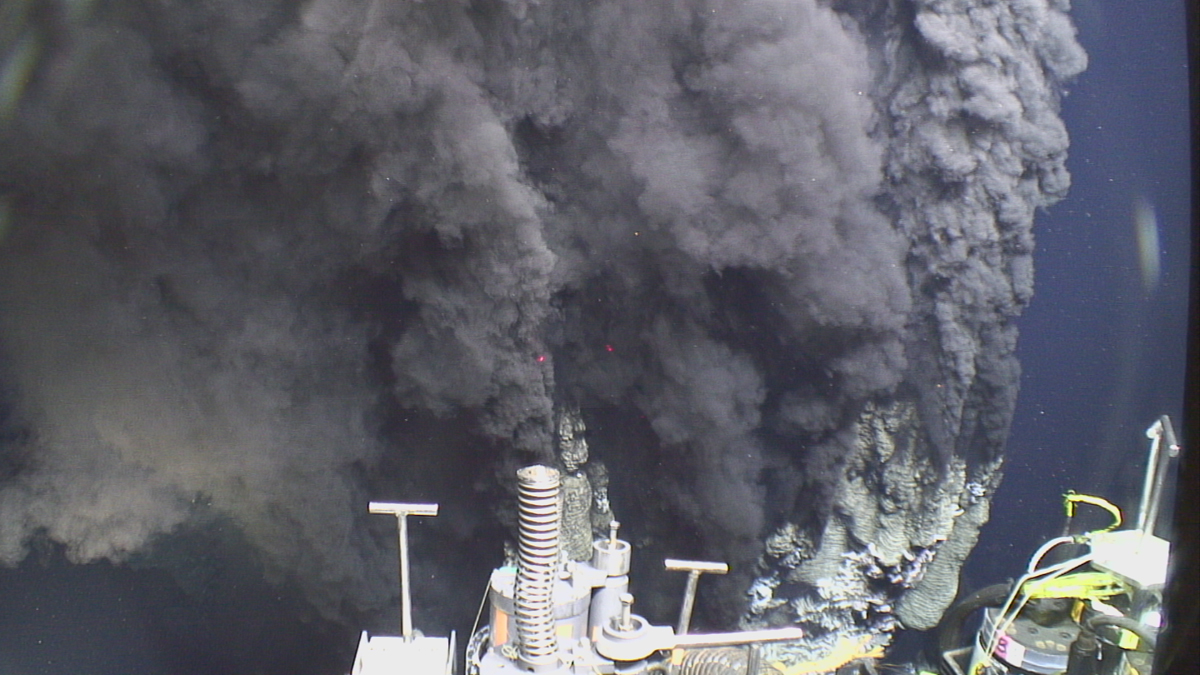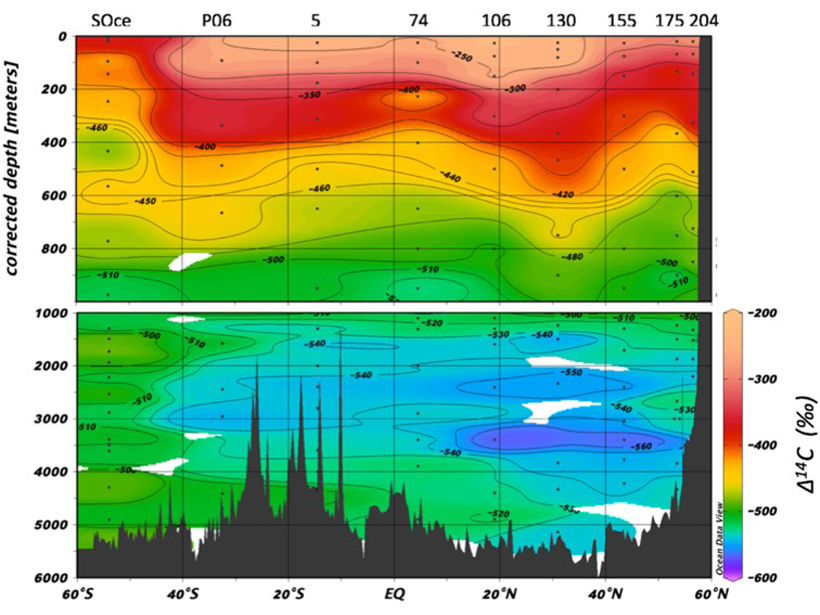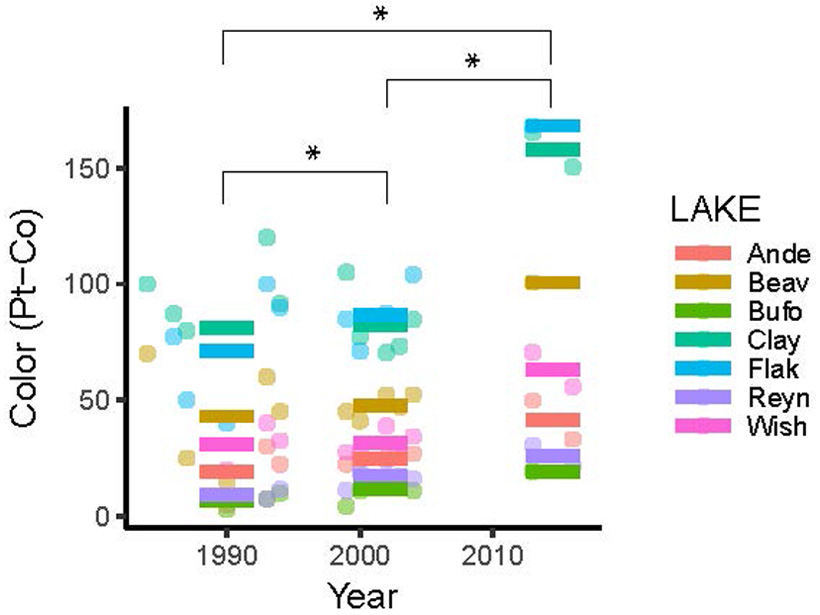Hydrothermal vents in the ocean emit 6000-year-old carbon. The likely source? Ocean crust.
Rose Cory
Editor, GRL
Posted inEditors' Highlights
Pacific Carbon Ages During Long Journey Along Ocean Floor
The radiocarbon signal of DOC with depth across the Pacific Ocean basin effectively supports a number of important theories that have been suggested over the years.
Posted inEditors' Highlights
Nutrients May Change Flavor of “Meadow Tea” in Lakes
Lakes in the US and Europe have been getting more tea-colored over the past 30 years, and this “browning” trend may increase nutrient levels and affect lake water quality.



